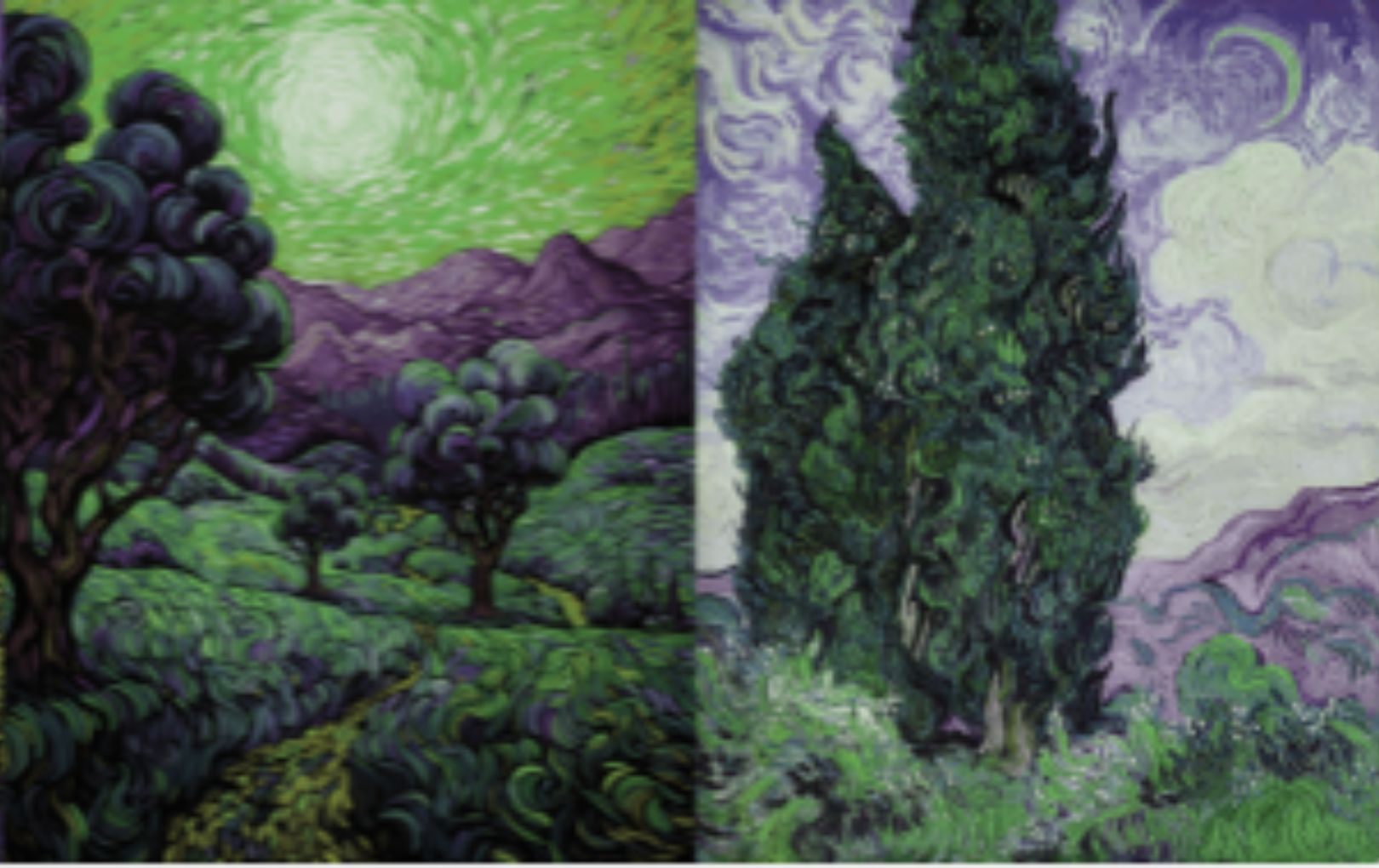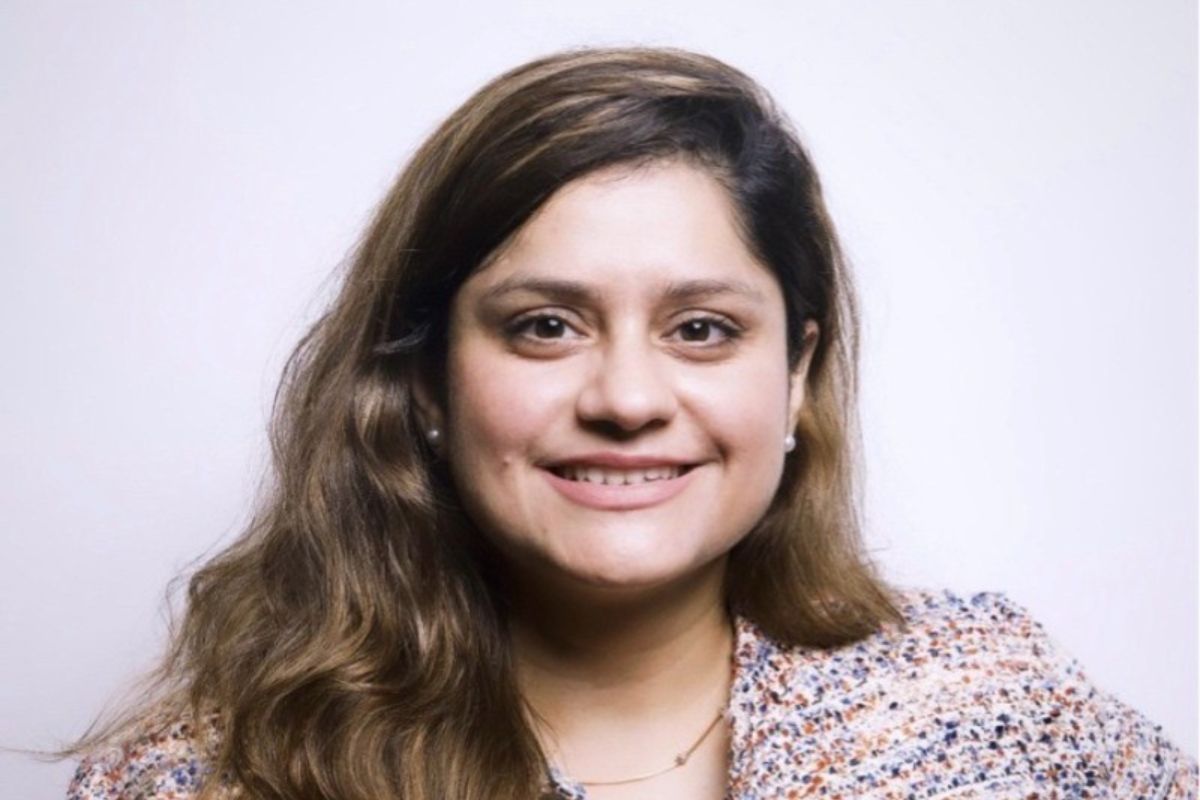
Vincent van Gogh, Leonardo da Vinci and Pablo Picasso created some of the most recognizable works of art in history. Their masterpieces have been displayed around the world, admired by millions and inspired generations of artists.
But if artificial intelligence generated an image mimicking their distinct styles and techniques, would their original work still stand apart? And if AI draws on their creations to produce something new, should those artists receive credit for the inspiration their work provides?
As in many other fields, the arts have seen AI become increasingly more popular, with the technology reshaping the way creators produce and generate art. Naturally, questions of creative authenticity and originality have stirred debate about whether art created—or co-created—using AI merits the same value as work made solely by humans.

In new research, Ananya Singh, assistant professor of visual communication design at The University of Texas at Arlington, explores how AI is reshaping the boundaries of creativity and authorship in the arts. She advocates for "a system that encourages innovation and protects the rights of artists and creators."
"If someone were to take the 'Mona Lisa,' which was originally created by Leonardo, and modify or use it to create something new using AI, who receives credit for what's been generated," Dr. Singh asked. "In most cases, AI is receiving the credit, and the real artists are not being appreciated or acknowledged for the use of their original works."
In her research, Singh found growing acceptance for AI-generated art. She recognizes that artists should have room to experiment with new software and applications when creating; however, she argues that when human-made art is used as a source for AI creations, the original artists should be credited and recognized for their work.
"I visited a couple art museums in New York and Washington recently," Singh said. "I was shattered when I saw artwork that had clearly been created with AI, but there was nothing I could reference or read about the original artwork. Increasingly, creators are also running art through these programs without any knowledge of the original works or the artists— it's devastating."
Her solution is to use AI to create data files within AI-generated art that identify and credit the original artwork and artist.
"As more and more people use AI to create—especially non-artists—there is a lack of awareness about how to appropriately give credit to artists," Singh said. "With art all around us, there needs to be way to give credit and have it live with the original work as it gets modified, replicated and distorted."
About The University of Texas at Arlington (UTA)
Celebrating its 130th anniversary in 2025, The University of Texas at Arlington is a growing public research university in the heart of the thriving Dallas-Fort Worth metroplex. With a student body of over 42,700, UTA is the second-largest institution in the University of Texas System, offering more than 180 undergraduate and graduate degree programs. Recognized as a Carnegie R-1 university, UTA stands among the nation's top 5% of institutions for research activity. UTA and its 280,000 alumni generate an annual economic impact of $28.8 billion for the state. The University has received the Innovation and Economic Prosperity designation from the Association of Public and Land Grant Universities and has earned recognition for its focus on student access and success, considered key drivers to economic growth and social progress for North Texas and beyond.






